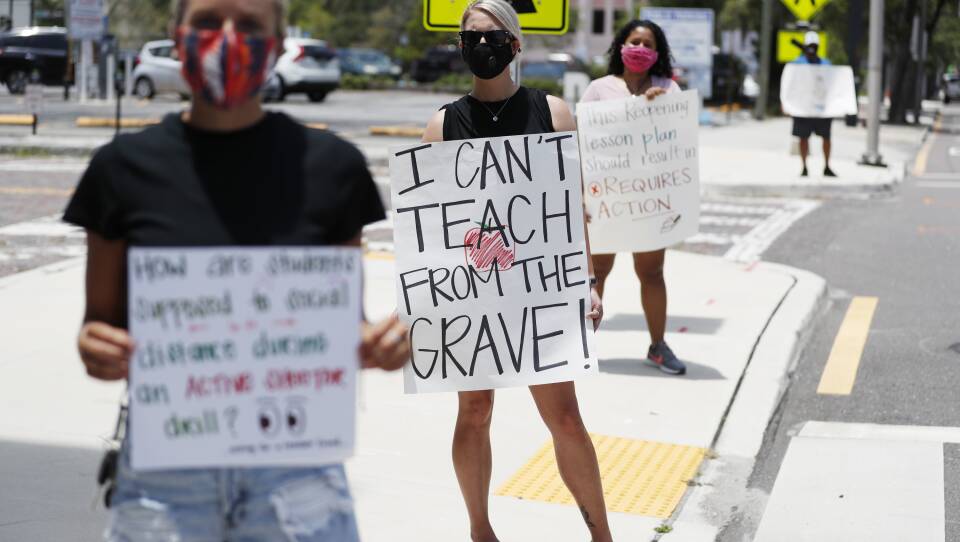My mother was a born teacher. In the classroom, she took joy in the patient and painstaking effort so important in engaging students’ understanding and creativity. She was such a good teacher that, after she was promoted to an education administrator, one of her duties was to train other teachers. I know she would have risen to the occasion to teach kids online, but I also know she would have felt the loss of the kind of intimacy fostered by being with her students.
I’ve had her on my mind these last few weeks as I listen to the voices of teachers across the country — teachers like my mom, who treasure that in-person classroom experience with their students. A lot of them are distressed by the many students who have slipped behind despite their teacher’s best efforts to help them stay on track.
Students without access to broadband and computers suffered the most, even though — as The Boston Globe’s Bianca Vazquez Toness reported — teachers delivered the equipment to their homes and offered extra help. And there are parents of children with disabilities alarmed by their kids’ significant regression since they’ve lost the daily interaction so central to their development. What’s more, scientists can only estimate the long-term mental health impact on all students still grappling with the disruption.
Given all that, it makes sense that Massachusetts Education Commissioner Jeffrey Riley has directed local schools to prepare for in-person teaching, with final plans to be outlined early next month. The overwhelming concern for the students is appropriate, but there doesn’t seem to be enough focus on what school reopening means for teachers.
Unlike the children who are less likely to contract the virus, the teachers are, frankly, sitting ducks. Now, the Kaiser Family Foundation reports that one in four teachers has a health condition that puts them at higher risk.
I’m rattled by the story of the three Arizona teachers sharing a classroom to conduct their online classes. They wore masks, practiced social distancing, and spent only two hours a day in the shared classroom. But all three got infected, and Kimberly Chavez Lopez Byrd died. The other two say what happened to them is clear evidence that schools should not reopen in the fall.
Teachers unions in Massachusetts agree. Massachusetts Teachers Association President Merrie Najimy says reopening schools, “Cannot come at the expense of everyone’s health and safety.” The teachers unions want a phased reopening, smaller class sizes, and more personal protection equipment. They should have all of that, and whatever else can be done to mitigate the very likely possibility that the kids are asymptomatic super-spreaders. Talk about the need for hazard pay!
That means that states like Massachusetts will have to stand firm against the pressure of the Trump administration threatening to take away funds from schools that don’t reopen, though it’s not clear the administration has that authority. It also means rejecting guidance from the once-independent CDC, which has buckled under the political pressure. And it means that state leaders consider the way forward using science as the basis for an informed decision.
The lack of confidence about safety measures, and the continued spread of COVID-19 may permanently drive some teachers from the classroom. I can’t blame them, even as many others will head back to reopened classrooms answering a call to serve their students, but not feeling safe. Perhaps this pandemic-forced new normal will help us not take their sacrifice for granted.





